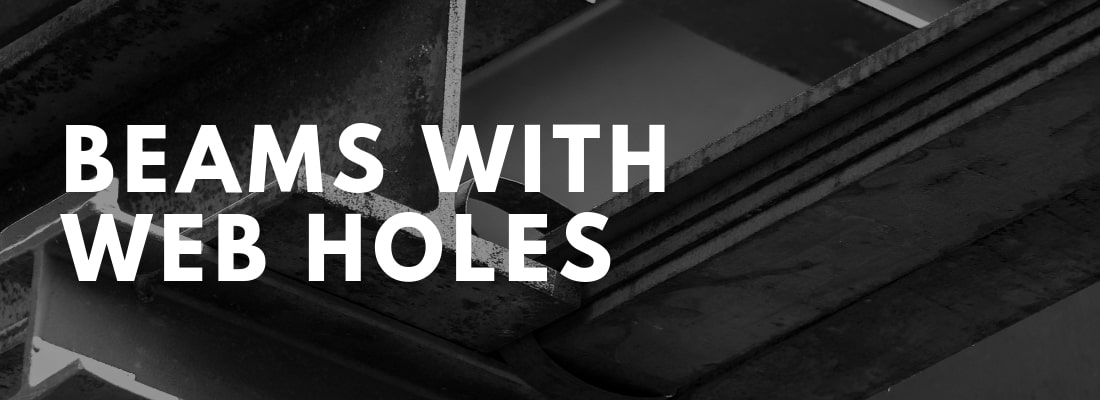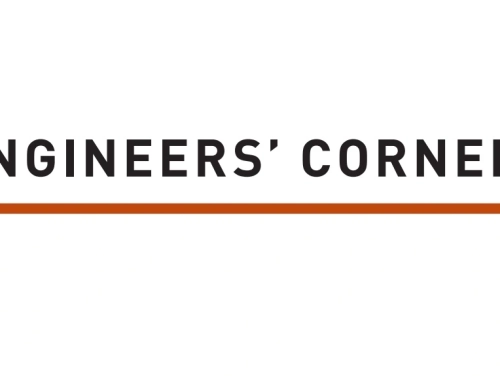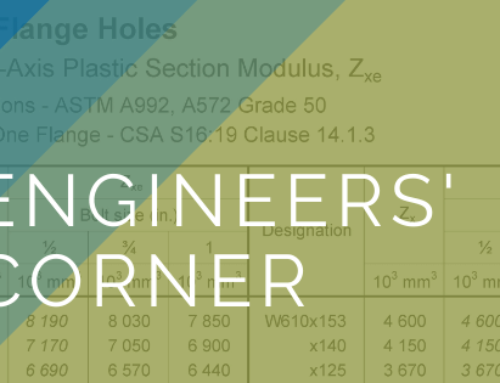
Building structures are designed to support a variety of pipes, ducts, conduits and other services. Efforts to reduce floor heights have led to these items being placed in the same plane as the structural floor members. Structural systems using trusses and open-web steel joists provide openings for structural/mechanical integration. However, when beams with solid webs are used, it may be necessary to cut openings through the webs. Figure 1 shows a floor beam with a rectangular web hole.

Figure 1
Floor Beam with Rectangular Web Hole
According to S16-14 Clause 14.3.3, unreinforced openings in beams may be located in unstiffened webs without considering net section properties under certain conditions. However, when the opening size, shape or location no longer meets these conditions, beams with web holes may be designed and detailed using the method given in Part 5 of the Handbook of Steel Construction.
The Handbook method, based on the work of Redwood and Shrivastava (1980), is applicable to Class 1 and 2 sections with opening between 0.3 and 0.7 times the depth of the beam.
Although the method can be used directly to design rectangular web holes, it can also be adapted to handle circular holes as well. For an unreinforced circular hole of radius “R”, this is accomplished by determining the “equivalent” rectangular hole with length (2a) and height (2H) given by:
2a = 0.9 R
2H = 1.8 R
Design Tables 5-2 to 5-4 in the Handbook provide values of the coefficients needed to assess the strength of the beam for various hole geometries, and to determine whether the web hole requires reinforcing.
Other design aspects include web stability, deflections, concentric and eccentric holes, multiple holes and reinforcing details.
Reference
Redwood, R.G., and Shrivastava, S.C. 1980. Design Recommendations for Steel Beams with Web Holes. Canadian Journal of Civil Engineering, 7(4), December.






